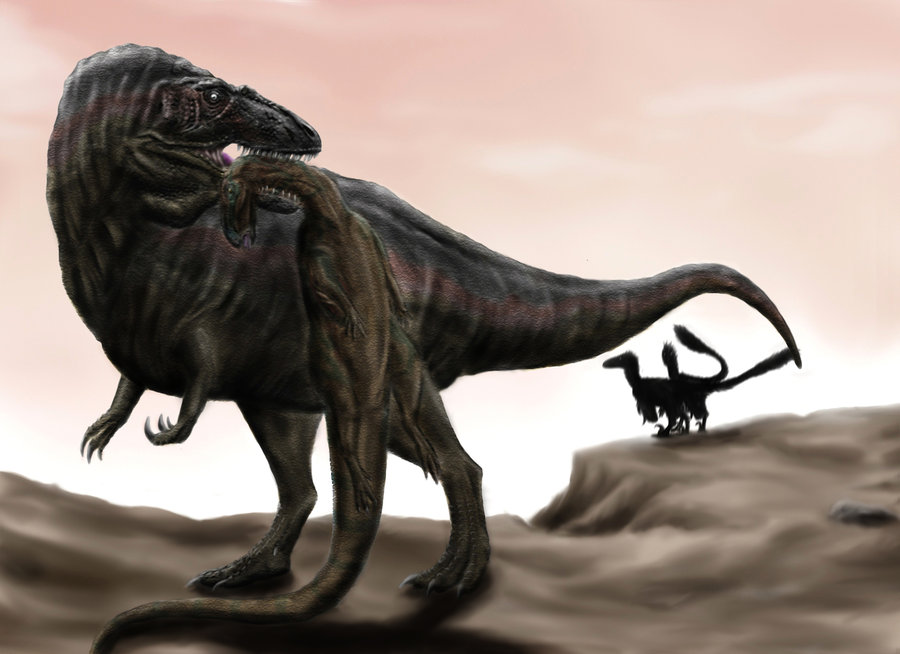Picture this: you’re standing in a museum, staring at a massive dinosaur femur bone, when something catches your eye. Tiny scratches and gouges pepper the ancient fossil’s surface like battle scars from a prehistoric war. These aren’t random marks – they’re evidence of nature’s most primal drama, played out millions of years ago when hungry scavengers descended upon the fallen giants of the Mesozoic Era.
The Silent Witnesses of Ancient Feasts
Every scratch, puncture, and groove on fossilized dinosaur bones tells a story that paleontologists are only beginning to understand. These tooth marks represent some of the most direct evidence we have of prehistoric behavior, offering glimpses into ecosystems where death meant opportunity for countless creatures. The marks vary dramatically in size and shape – from delicate scratches left by small mammals to massive puncture wounds created by enormous crocodilians. What makes these discoveries so remarkable is their preservation; the scavenging activity had to occur quickly after death, before the bones dried out completely. Scientists can now read these ancient bones like crime scene investigators, piecing together who ate what and when in dinosaur graveyards.
Crocodilians: The Bone-Crushing Giants

Among the most dramatic tooth marks found on dinosaur fossils are the deep, conical punctures left by ancient crocodilians. These prehistoric relatives of modern crocodiles possessed jaw strength that could easily crush through solid bone, leaving behind distinctive circular or oval-shaped holes. Deinosuchus, a massive crocodilian from the Late Cretaceous, left tooth marks on dinosaur bones that measure up to an inch in diameter. The spacing and depth of these marks reveal that some crocodilians specifically targeted the nutrient-rich marrow inside bones. Modern forensic studies of crocodile feeding behavior help scientists understand how these ancient giants dismantled dinosaur carcasses. The evidence suggests that crocodilians were often the final processors of dinosaur remains, capable of consuming parts that other scavengers couldn’t handle.
Mammalian Micro-Scavengers Leave Their Mark
While crocodilians left the most obvious damage, tiny mammals created their own signature on dinosaur bones through countless small scratches and gnaw marks. These early mammals, no larger than modern rats or possums, possessed continuously growing teeth that required constant use to prevent overgrowth. Dinosaur bones provided the perfect grinding surface, resulting in characteristic parallel scratches and small circular pits. The abundance of these small marks on many fossils suggests that mammalian scavenging was incredibly common, even if each individual left only minor traces. Recent microscopic analysis has revealed that these tiny scavengers often worked bones over multiple feeding sessions, creating complex patterns of overlapping marks. Their persistence in processing every scrap of available nutrition demonstrates just how valuable dinosaur carcasses were in Mesozoic food webs.
Sharks and Marine Reptiles in Coastal Graveyards
When dinosaurs died near ancient coastlines, their remains often attracted marine predators and scavengers, creating unique taphonomic scenarios. Shark teeth marks on dinosaur bones reveal triangular cuts and serrated scratches that are unmistakably different from terrestrial scavenger damage. Marine reptiles like mosasaurs and plesiosaurs also left their calling cards on dinosaur remains that washed into coastal waters. The chemical composition of these marine-scavenged bones often differs from terrestrial specimens, having been altered by saltwater environments. Some fossils show evidence of multiple scavenging events, with terrestrial marks overlaid by marine damage patterns. These coastal dinosaur graveyards represent some of the most complex scavenging scenarios in the fossil record.
The Controversial Case of Dinosaur Cannibalism
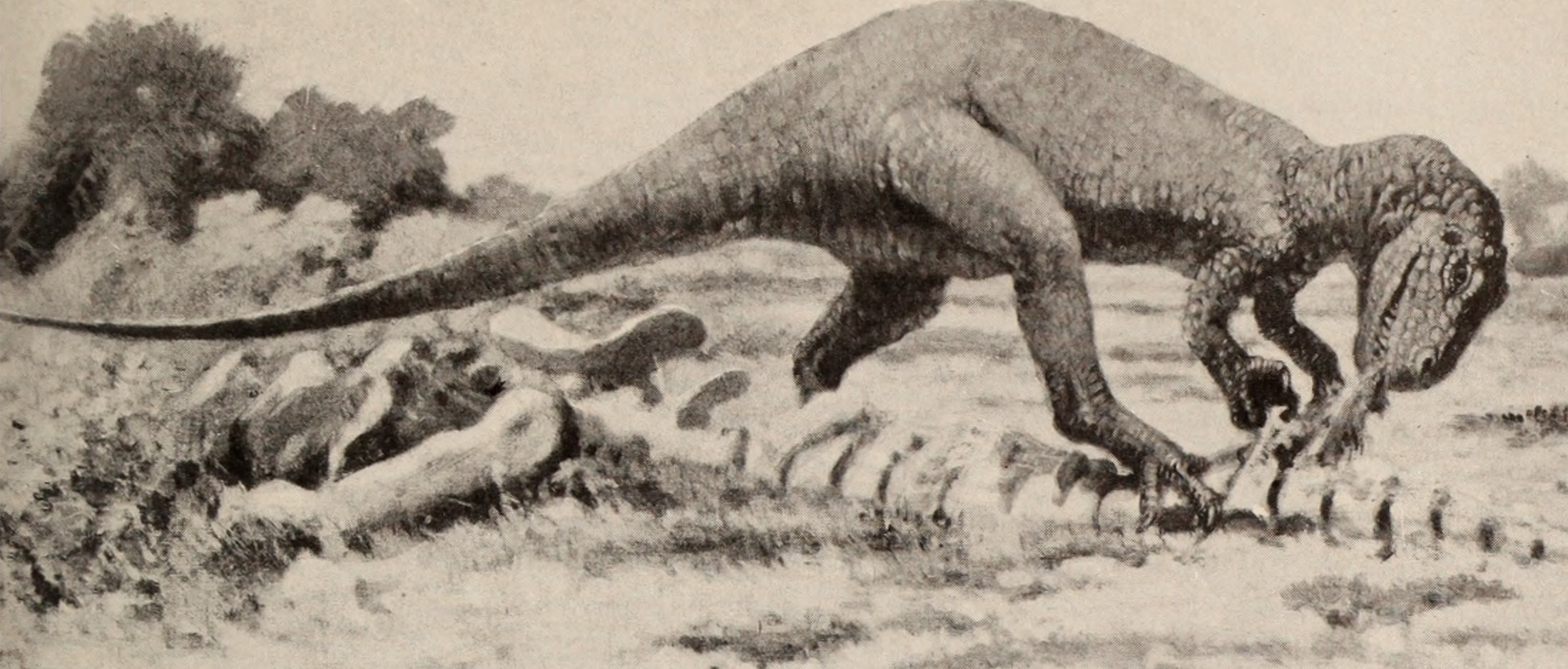
Perhaps the most shocking tooth marks found on dinosaur bones come from other dinosaurs themselves, raising questions about cannibalistic behavior in prehistoric ecosystems. Tyrannosaurus rex tooth marks on other T. rex bones have sparked intense debate among paleontologists about whether these represent active predation or opportunistic scavenging. The distinctive serrated tooth marks of large theropods are easily recognizable, but determining whether they occurred before or after death remains challenging. Some evidence suggests that certain dinosaur species regularly engaged in intraspecific competition, with the losers becoming meals for the winners. The implications of dinosaur cannibalism extend beyond simple feeding behavior, potentially revealing complex social structures and territorial disputes. These controversial findings continue to reshape our understanding of dinosaur behavior and ecology.
Insect Armies and Their Microscopic Signatures
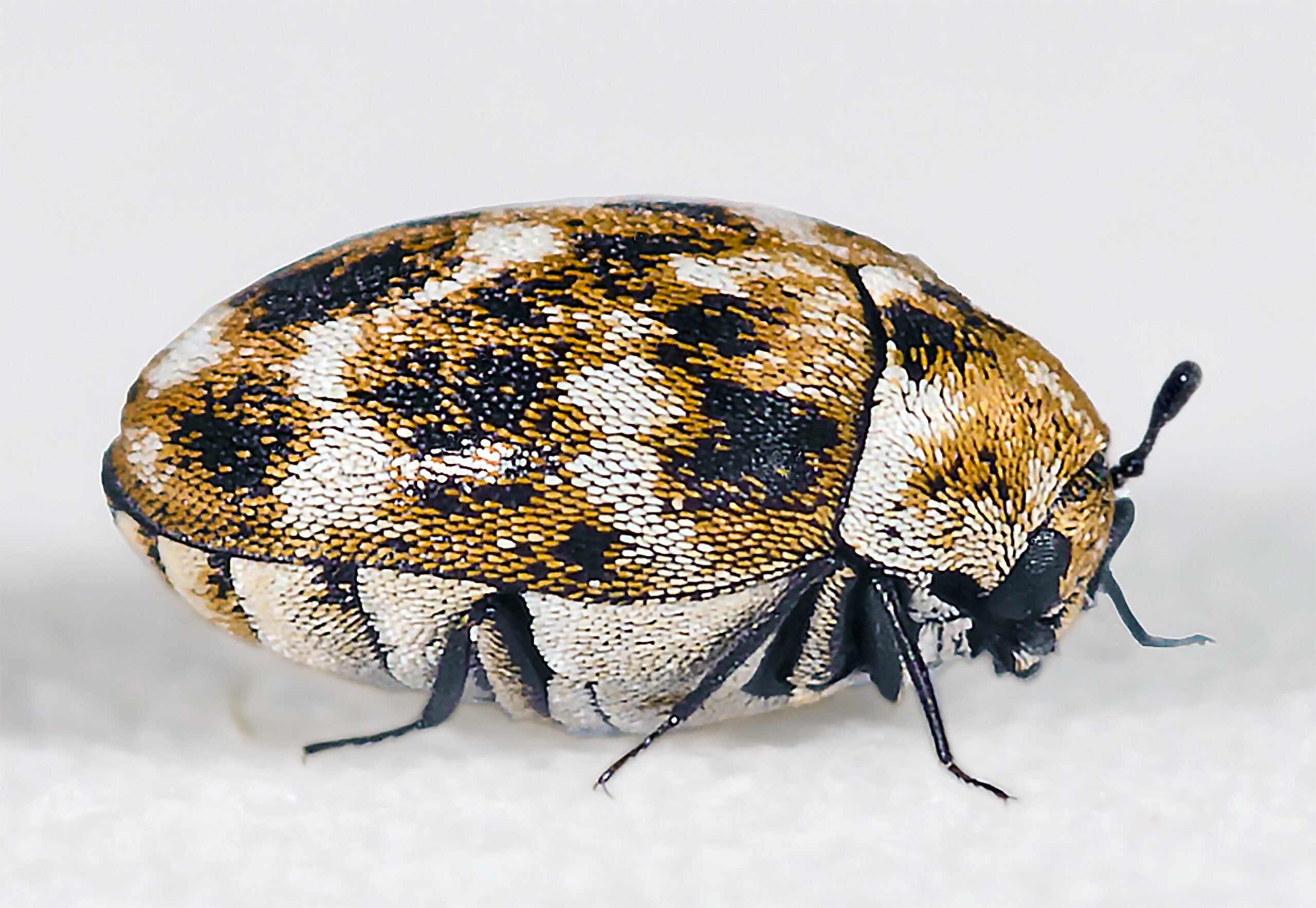
While large vertebrates left obvious damage, insects and other invertebrates created their own subtle but important marks on dinosaur bones. Dermestid beetles, relatives of modern carpet beetles, left characteristic tunnel patterns as they burrowed through dried bone in search of organic matter. These tiny tunnels, often less than a millimeter in diameter, form distinctive branching patterns that paleontologists can identify under microscopic examination. Fly larvae also contributed to bone modification, creating small pits and channels as they fed on decomposing tissue and bone surface. The presence of insect damage on fossils provides valuable information about decomposition rates and environmental conditions in ancient ecosystems. Some bones show such extensive insect modification that they resemble Swiss cheese, testament to the thoroughness of invertebrate scavenging.
Reading the Timeline of Decomposition
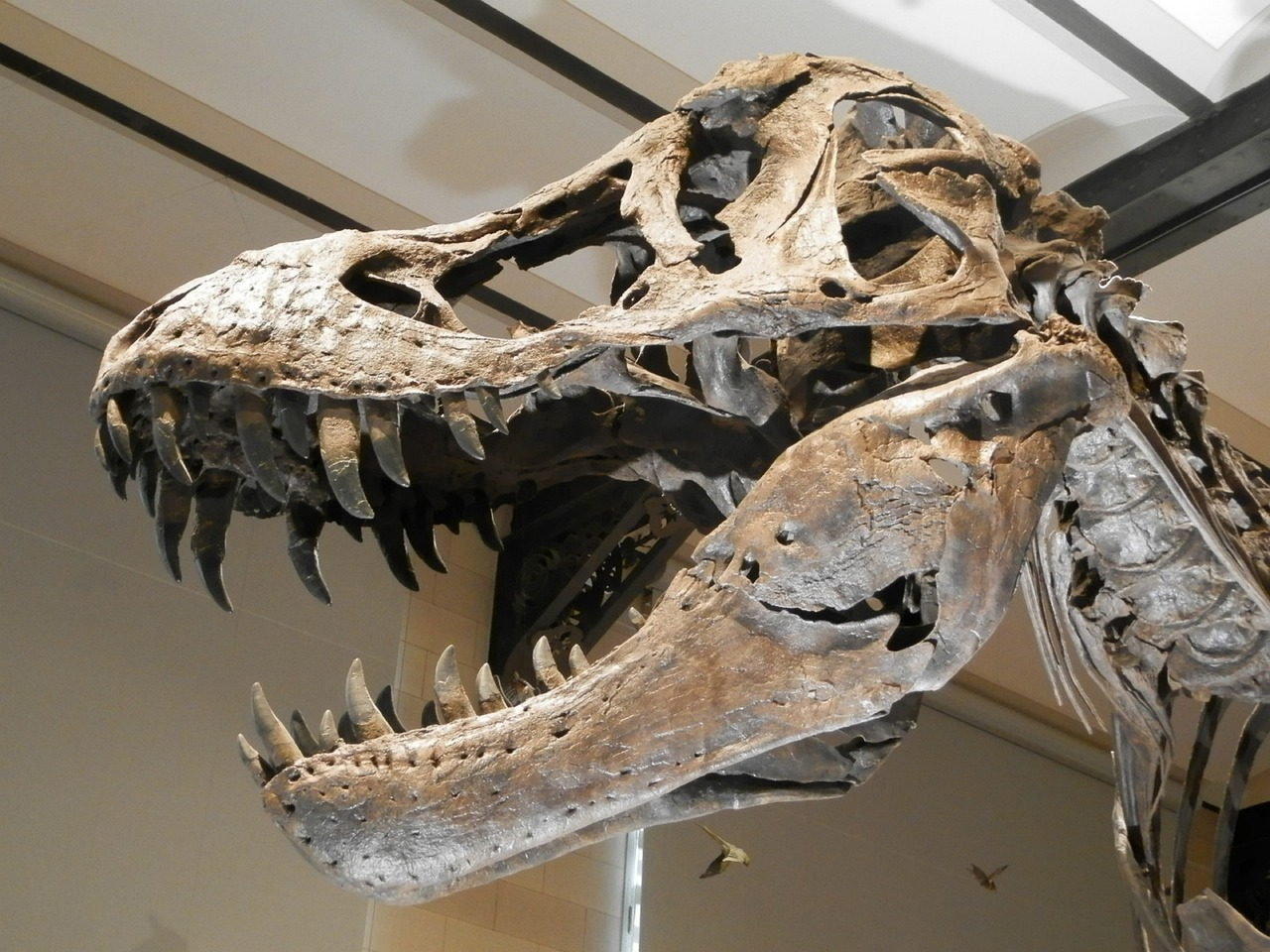
The sequence of tooth marks on dinosaur bones reveals a fascinating timeline of decomposition and scavenging activity. Fresh carcasses attracted different scavengers than partially dried remains, creating distinct layers of evidence in the fossil record. Early scavengers typically left marks on soft tissue areas and joint surfaces, while later visitors focused on the tougher, more nutrient-dense parts of bones. Scientists can determine the relative timing of different scavenging events by examining how tooth marks overlap and intersect with each other. Weather conditions, burial rate, and local scavenger populations all influenced this timeline, creating unique signatures for different environments. Understanding these decomposition sequences helps paleontologists reconstruct ancient ecosystems and climate conditions with remarkable precision.
Trace Fossils: When Scavengers Become Fossils Too

Sometimes the evidence of scavenging extends beyond simple tooth marks to include actual fossilized remains of the scavengers themselves. Coprolites, or fossilized feces, containing dinosaur bone fragments provide direct evidence of what ancient scavengers consumed. These trace fossils often contain microscopic bone chips, scales, and other diagnostic materials that reveal feeding relationships. Gastroliths, or stomach stones, found near dinosaur remains sometimes show wear patterns consistent with processing bone material. Burrows and nests discovered in dinosaur graveyards suggest that some scavengers took up residence near reliable food sources. The preservation of these trace fossils requires very specific conditions, making them rare but incredibly valuable windows into prehistoric scavenging behavior.
Geographic Patterns in Scavenging Behavior
Tooth mark patterns on dinosaur fossils vary significantly across different geographic regions and time periods, revealing how local ecosystems influenced scavenging behavior. Fossils from arid environments show different damage patterns than those from humid, forested regions, reflecting the distinct scavenger communities in each habitat. Coastal sites often preserve evidence of both terrestrial and marine scavenging, creating complex overlapping damage patterns. Some regions show evidence of seasonal scavenging patterns, with certain types of tooth marks appearing more frequently in deposits representing specific times of year. These geographic differences help paleontologists understand how ancient ecosystems functioned on both local and continental scales. The data suggests that scavenging efficiency and diversity were directly linked to overall ecosystem health and biodiversity.
Technology Reveals Hidden Secrets
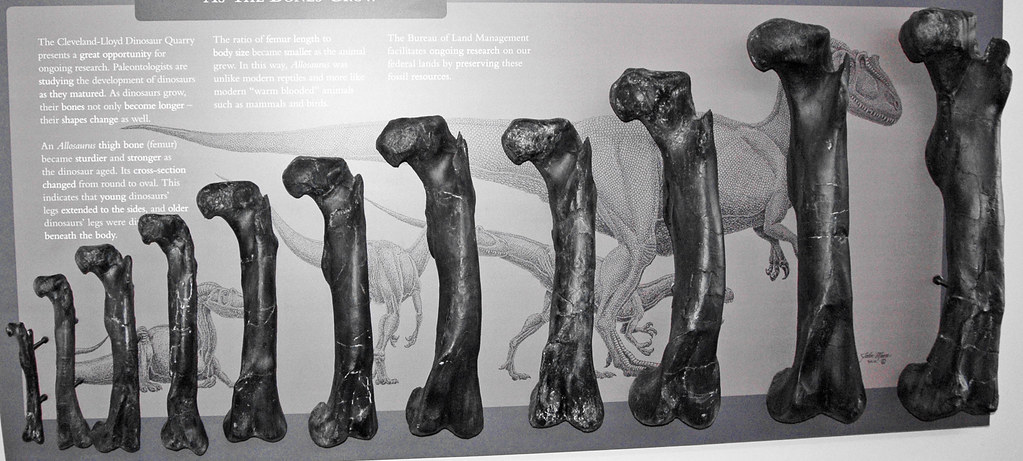
Modern scanning technology has revolutionized the study of tooth marks on dinosaur bones, revealing details invisible to the naked eye. High-resolution CT scans can map the three-dimensional structure of bite marks, allowing scientists to match them with specific predator tooth shapes. Scanning electron microscopy reveals microscopic scratches and wear patterns that provide clues about feeding behavior and jaw mechanics. Digital modeling techniques can simulate the forces required to create specific types of damage, helping identify which animals could have made particular marks. These technological advances have led to the discovery of previously unknown scavenging relationships and feeding behaviors. The ability to analyze fossils non-destructively means that valuable specimens can be studied repeatedly as new techniques develop.
The Role of Scavenging in Ecosystem Health
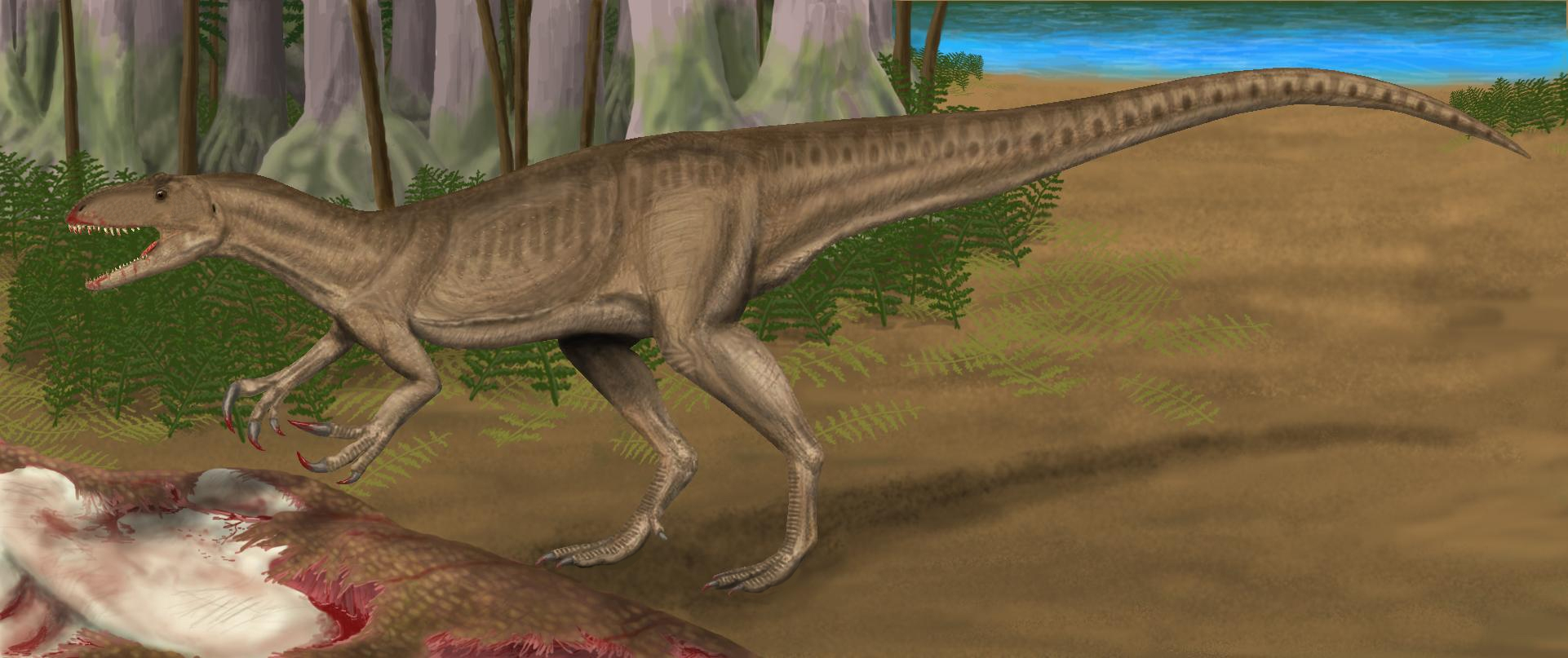
Scavenging activity in dinosaur graveyards played a crucial role in maintaining ecosystem health by rapidly recycling nutrients and preventing disease outbreaks. The efficient processing of carcasses by diverse scavenger communities prevented the accumulation of rotting organic matter that could harbor dangerous pathogens. Different scavengers specialized in processing different parts of carcasses, creating a highly efficient system for resource utilization. This specialization is evident in the tooth mark patterns, which show that various species targeted specific anatomical regions and tissue types. The diversity of scavenging marks in the fossil record suggests that Mesozoic ecosystems supported complex food webs with multiple levels of consumers. Understanding these ancient scavenging networks provides insights into how modern ecosystems might respond to large-scale environmental changes.
Preservation Bias and Missing Evidence

The fossil record of scavenging activity is heavily biased toward certain types of evidence, potentially skewing our understanding of prehistoric food webs. Soft tissue consumption rarely leaves traces on bones, meaning that much scavenging activity goes unrecorded in the fossil record. Small scavengers that couldn’t damage bone are virtually invisible in paleontological studies, despite likely playing important ecological roles. Environmental conditions strongly influence which types of scavenging evidence are preserved, with some ecosystems providing much better preservation than others. The bones most likely to preserve tooth marks are also the most likely to survive fossilization, creating a double bias in the data. Scientists must carefully account for these limitations when interpreting scavenging evidence and reconstructing ancient ecosystems.
Modern Analogues Illuminate Ancient Mysteries
Studies of modern scavenging behavior provide crucial insights for interpreting tooth marks on dinosaur fossils, though the analogy has important limitations. African savannas, with their diverse communities of large herbivores and multiple scavenging species, offer the closest modern parallel to some Mesozoic ecosystems. Researchers studying elephant carcasses have documented how different scavengers create distinct damage patterns, providing templates for interpreting fossil evidence. However, the absence of large terrestrial carnivorous mammals in the Mesozoic means that some scavenging niches may have been filled by completely different types of animals. Modern marine environments, where sharks and other predators scavenge whale carcasses, provide better analogues for understanding marine scavenging of dinosaur remains. These comparative studies highlight both the similarities and unique aspects of ancient scavenging behavior.
Climate Change and Scavenging Patterns

Evidence from tooth marks suggests that climate change during the Mesozoic Era significantly influenced scavenging patterns and ecosystem structure. Periods of environmental stress appear to correlate with increased evidence of scavenging, possibly reflecting food scarcity and increased competition. Some fossil sites show dramatic changes in scavenging patterns across geological boundaries, coinciding with known climate shifts and extinction events. The diversity of tooth marks tends to decrease during periods of environmental crisis, suggesting that scavenger communities were vulnerable to ecological disruption. These patterns provide valuable data for understanding how modern ecosystems might respond to ongoing climate change. The fossil record of scavenging behavior serves as a natural experiment in ecosystem resilience and collapse.
Future Discoveries and Unanswered Questions

Despite decades of study, many aspects of prehistoric scavenging behavior remain mysterious, with new discoveries regularly challenging established theories. Advanced chemical analysis techniques are beginning to reveal information about scavenger metabolism and dietary preferences from trace elements in tooth marks. Artificial intelligence and machine learning algorithms are being developed to automatically identify and classify different types of bone damage, potentially revealing patterns too subtle for human observation. The discovery of new fossil sites in previously unexplored regions continues to expand our understanding of global scavenging patterns during the Mesozoic Era. Experimental archaeology, involving the controlled decomposition of modern animal carcasses, provides increasingly sophisticated models for interpreting ancient evidence. These ongoing research efforts promise to unlock even more secrets hidden in the tooth marks of dinosaur graveyards.
The next time you see a dinosaur fossil in a museum, take a closer look at its surface. Those seemingly insignificant scratches and punctures represent millions of years of ecological drama, preserved in stone like an ancient crime scene. Every mark tells part of a larger story about life, death, and survival in worlds we can barely imagine. From massive crocodilians crushing bones with hydraulic force to tiny mammals gnawing desperately for nutrients, these traces reveal an intricate web of relationships that sustained entire ecosystems. The tooth marks scattered across dinosaur graveyards remind us that even in death, these ancient giants continued to support the living world around them. What other secrets might these silent witnesses reveal as our technology and understanding continue to evolve?

